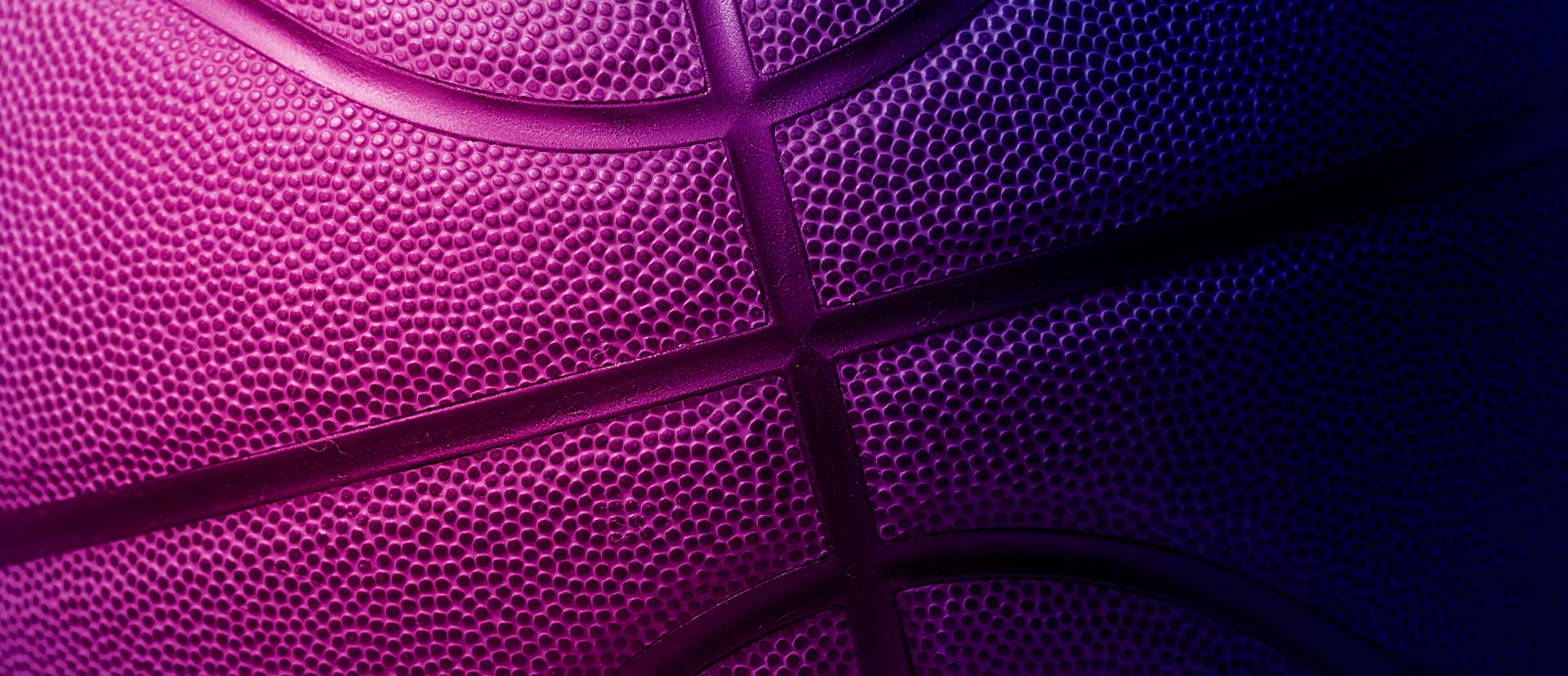In this article, we examine the impact of last year’s Supreme Court decision in NCAA v. Alston. Not only did the Court confirm that the NCAA’s cap on education-related compensation was anticompetitive, but they also questioned the ability of the rest of the compensation scheme to pass antitrust muster. This decision sparked further changes to the NCAA’s name, image, and likeness rules for college athletes, provoked new legislative proposals, and inspired more legal challenges. Even professional baseball’s notorious antitrust exemption has not been immune from the renewed scrutiny about how sports should be organized. It has been more than a year since the Alston decision, and there will likely be many more changes before these questions are resolved. However, one thing is clear – the next big play for the future of sports will be under review by antitrust officials.
By Gwendolyn Cooley, Caleb Pracht & Hart Martin[1]
In the wake of the Supreme Court’s landmark decision in Alston, a re-examination of how we organize amateur and professional sports is underway. This case exposed anticompetitive restraints in the then-current system and has opened the door to rewrite the rules. Post-Alston, there have been challenges to the correct classification of student-athletes, new laws regarding student-athletes’ right to compensation for their name, image, and likeness, and questions regarding the appropriateness of professional baseball’s
...THIS ARTICLE IS NOT AVAILABLE FOR IP ADDRESS 216.73.216.89
Please verify email or join us
to access premium content!

